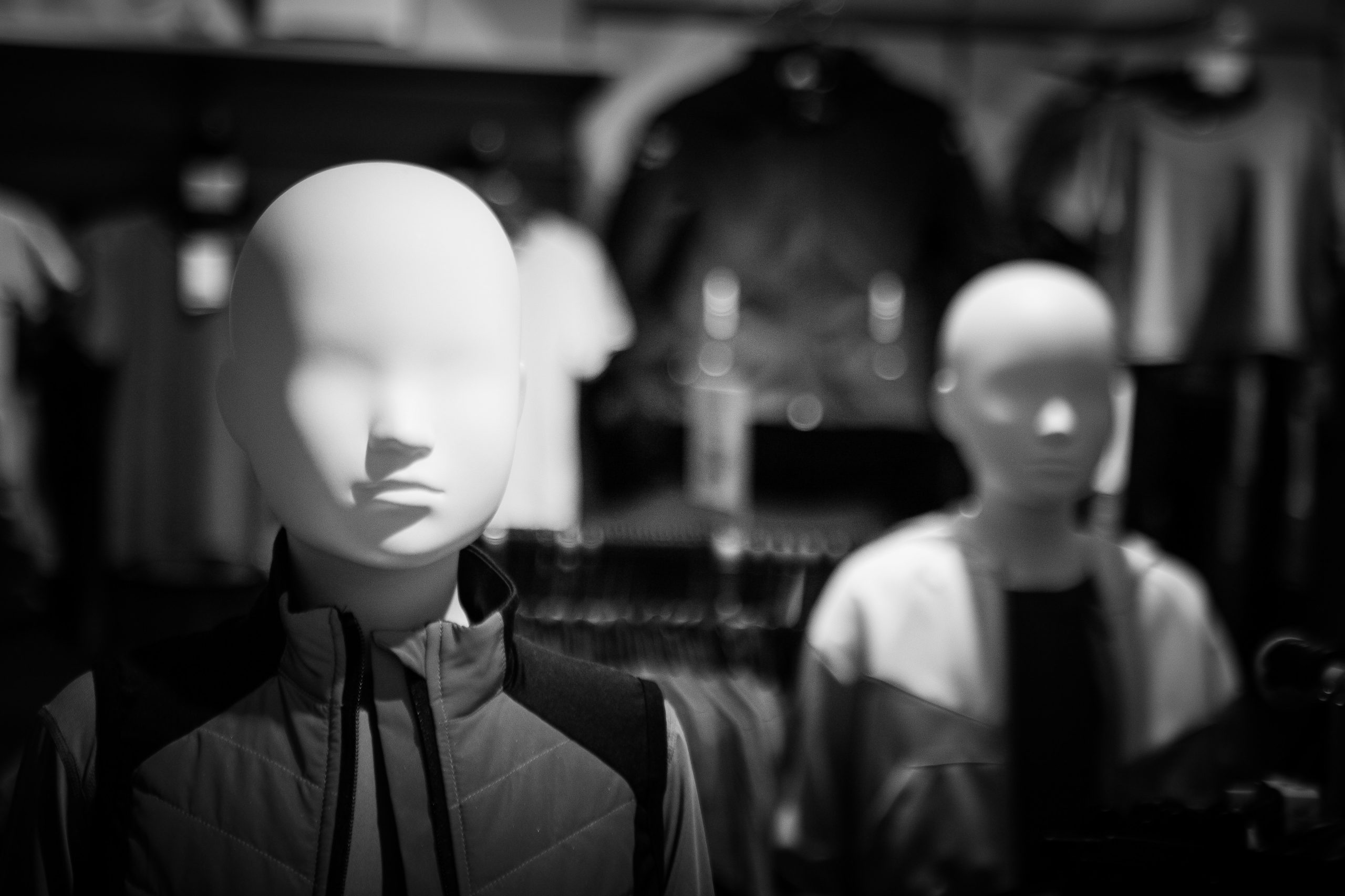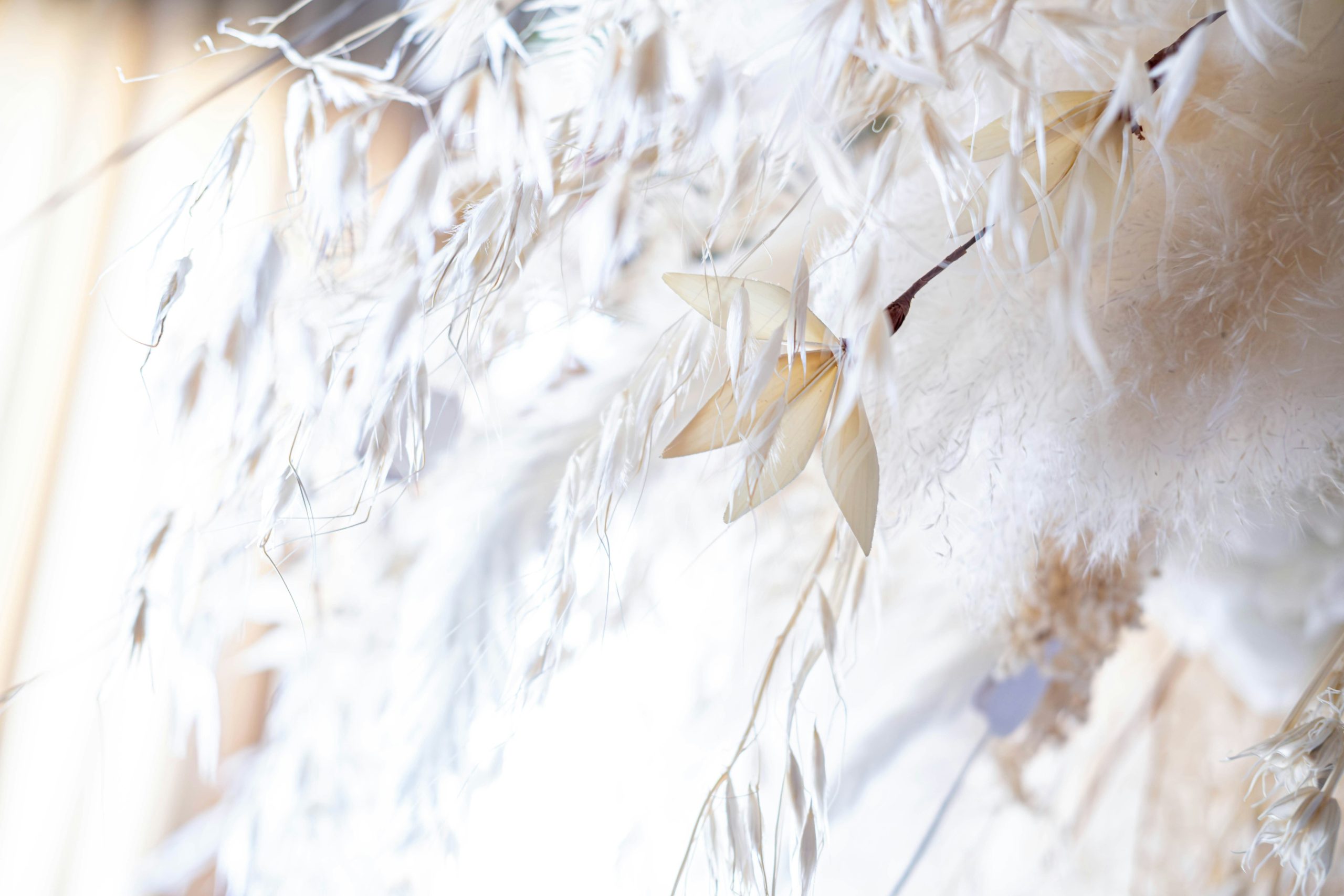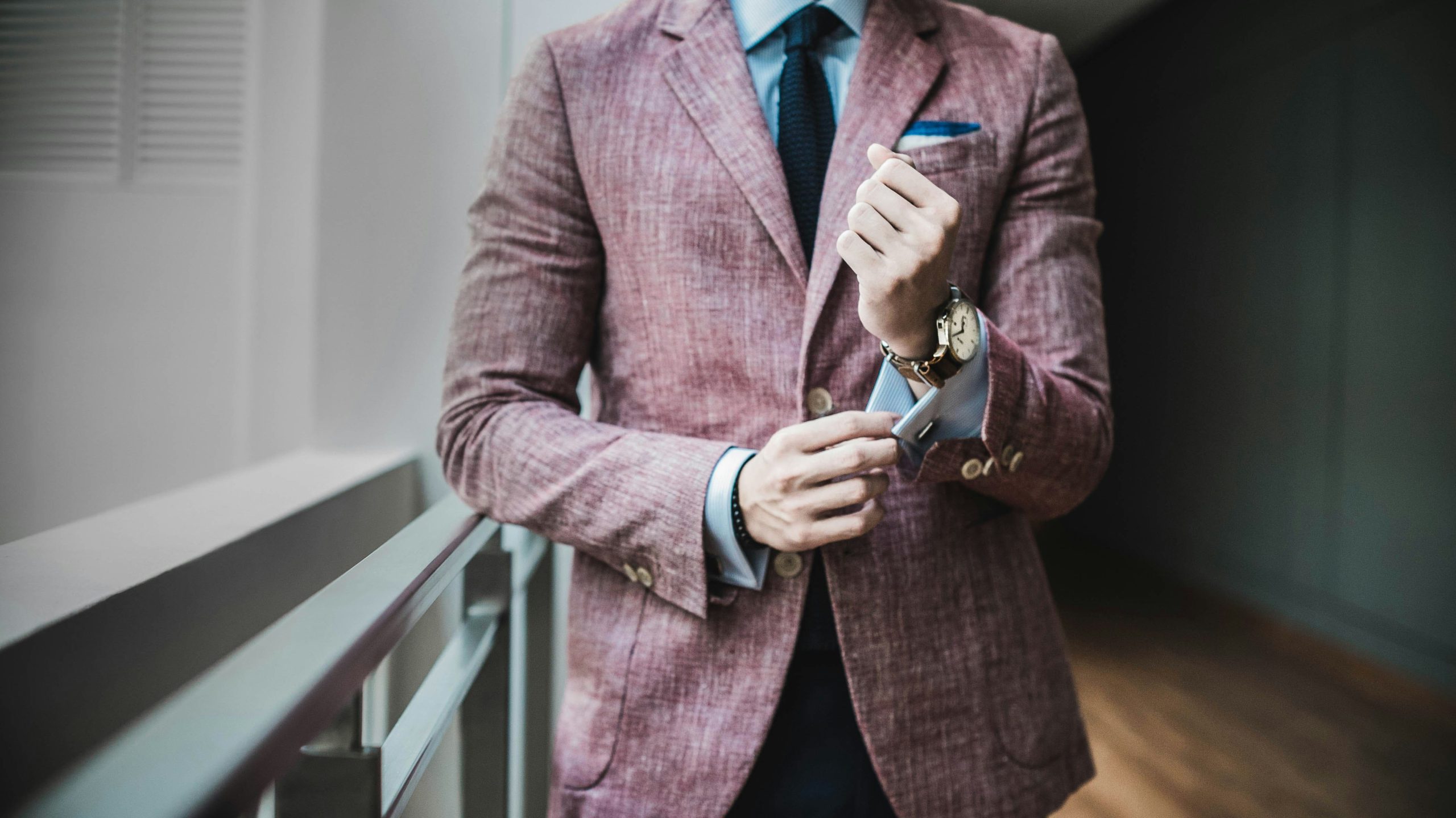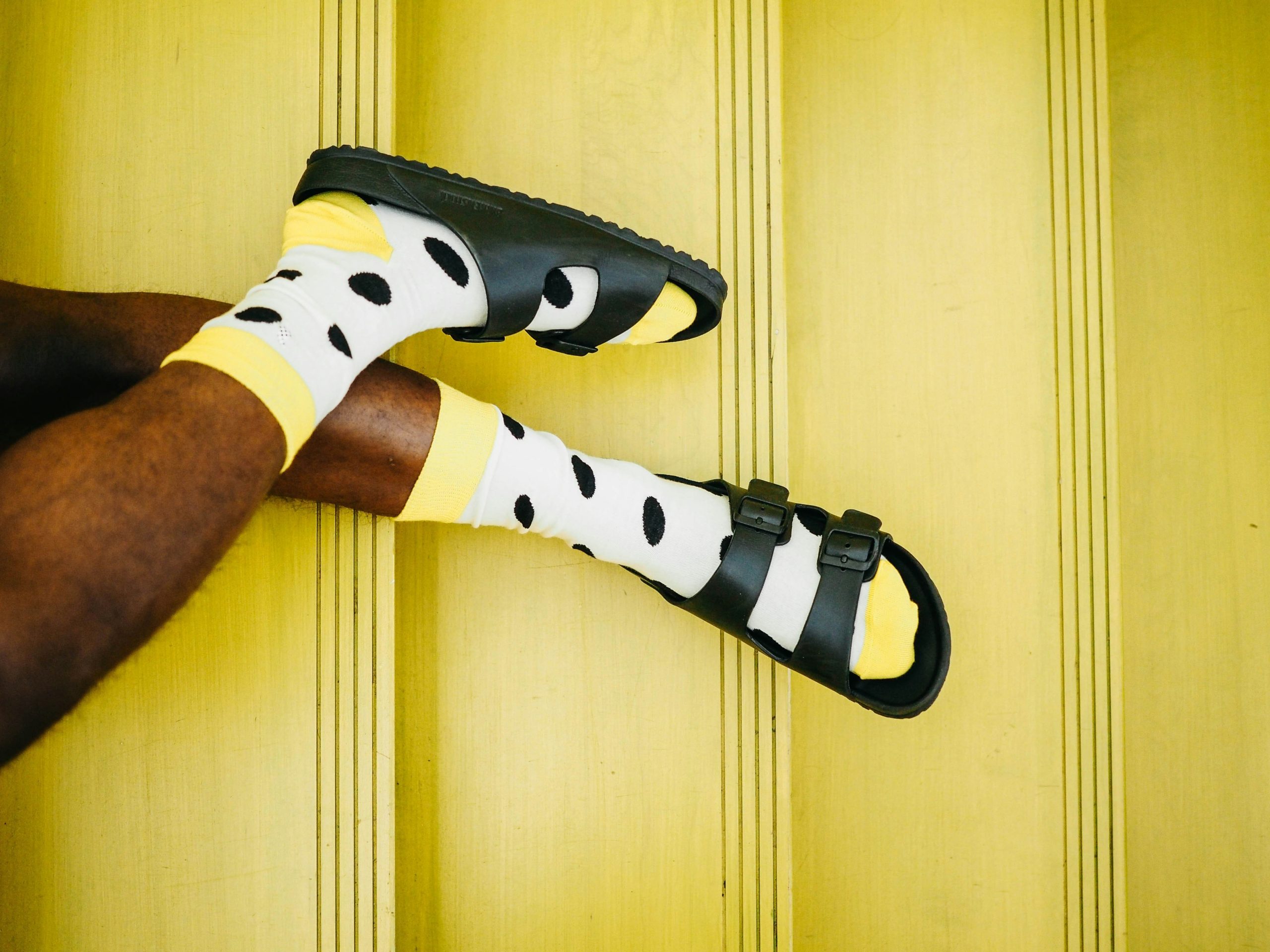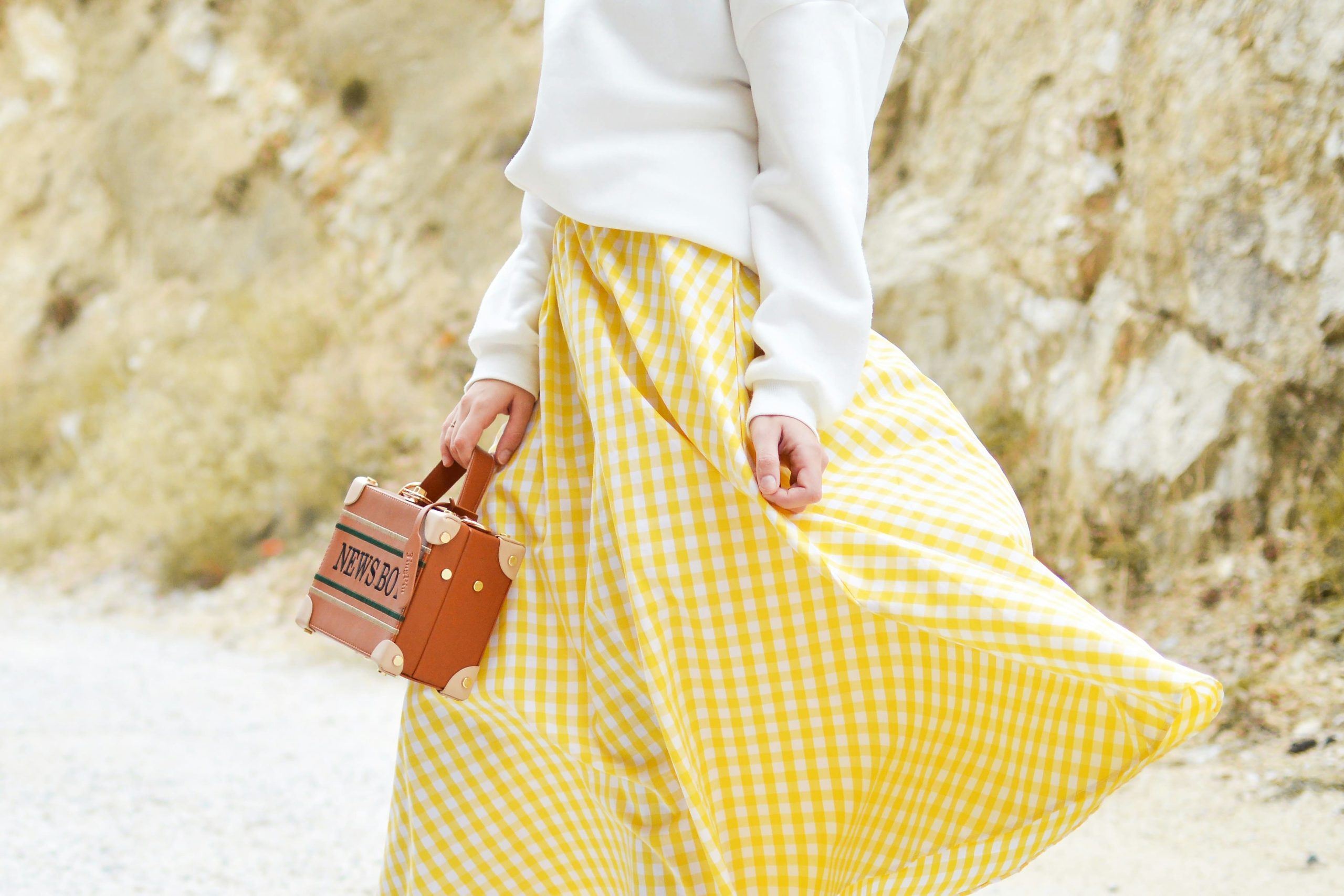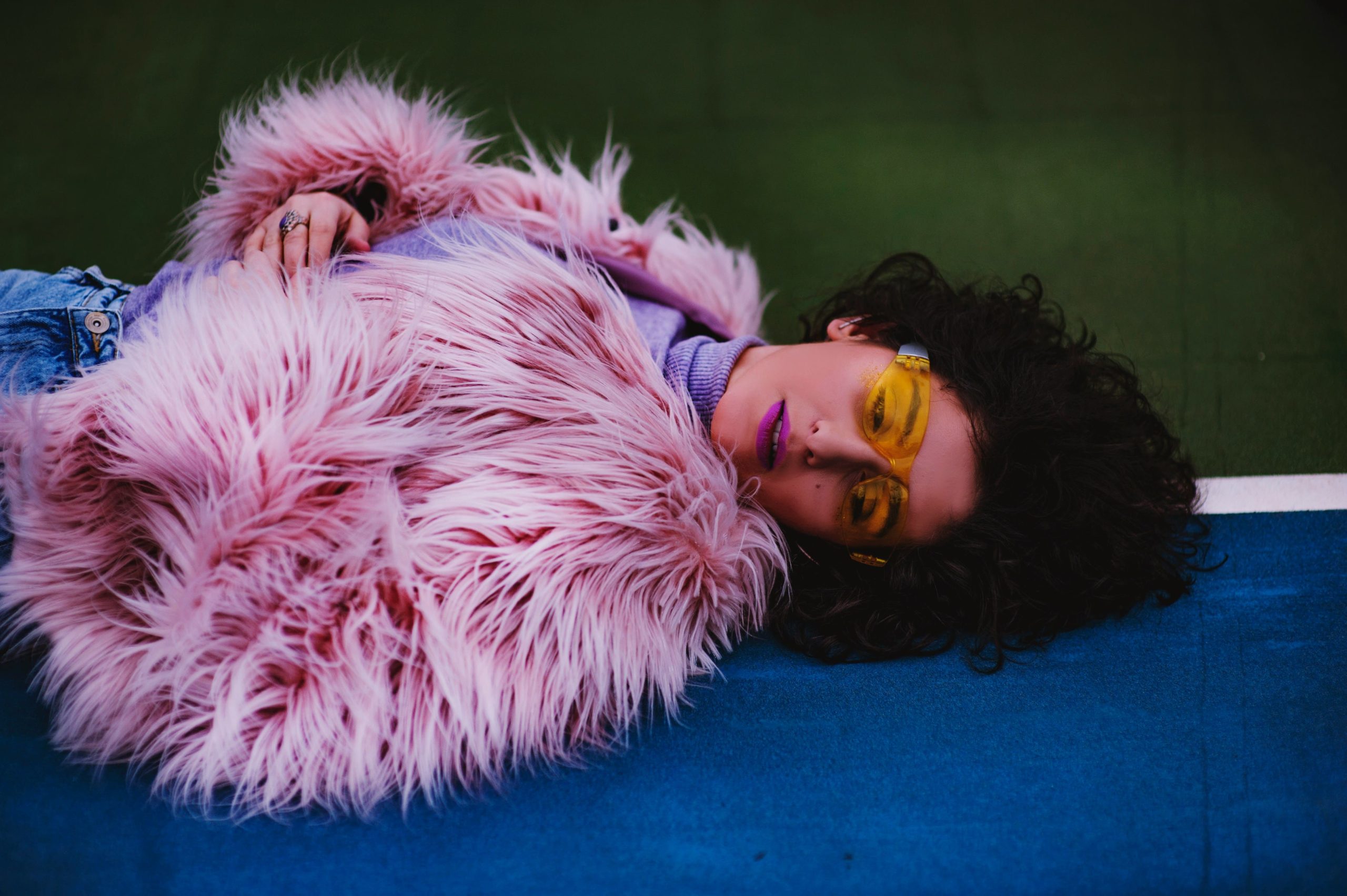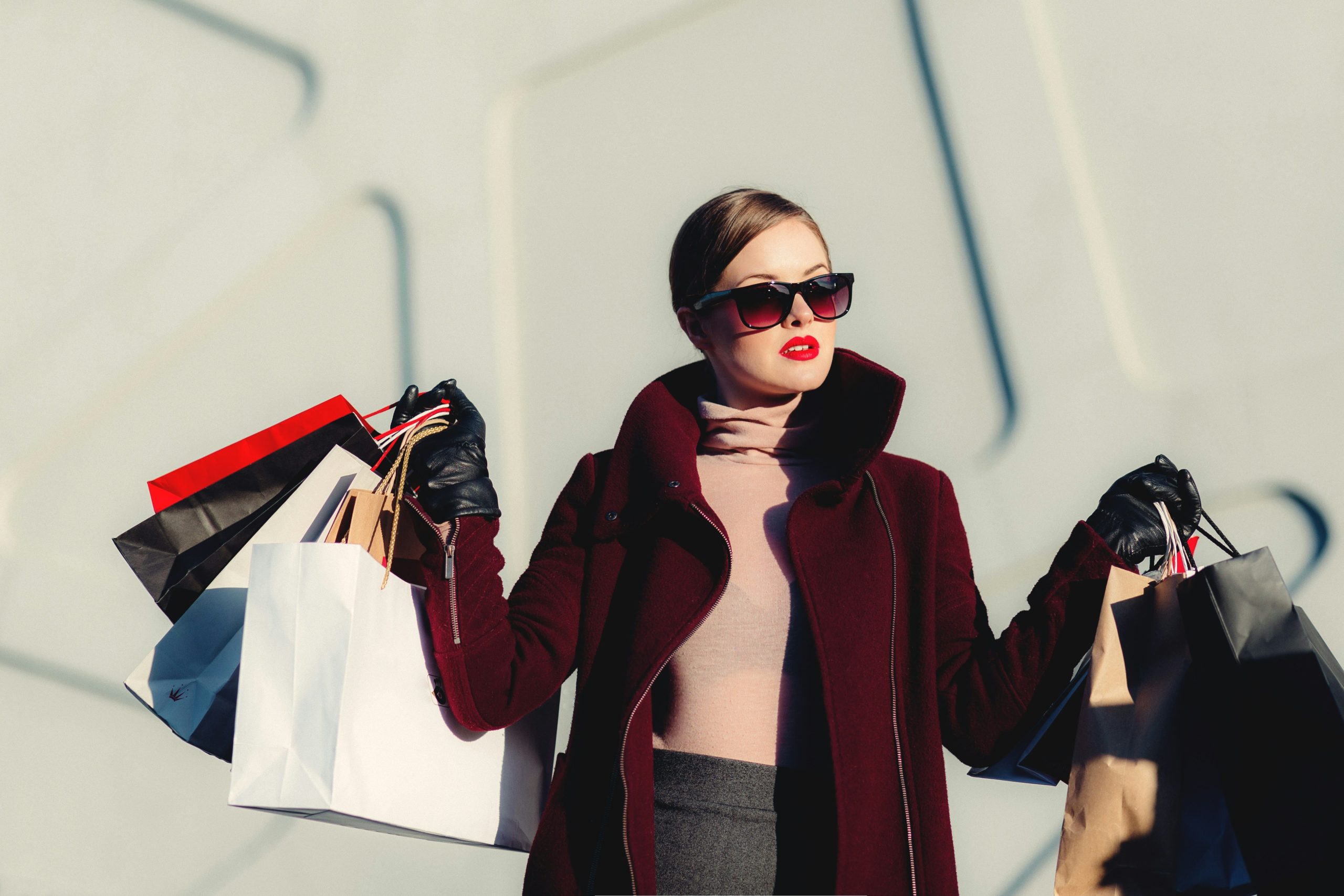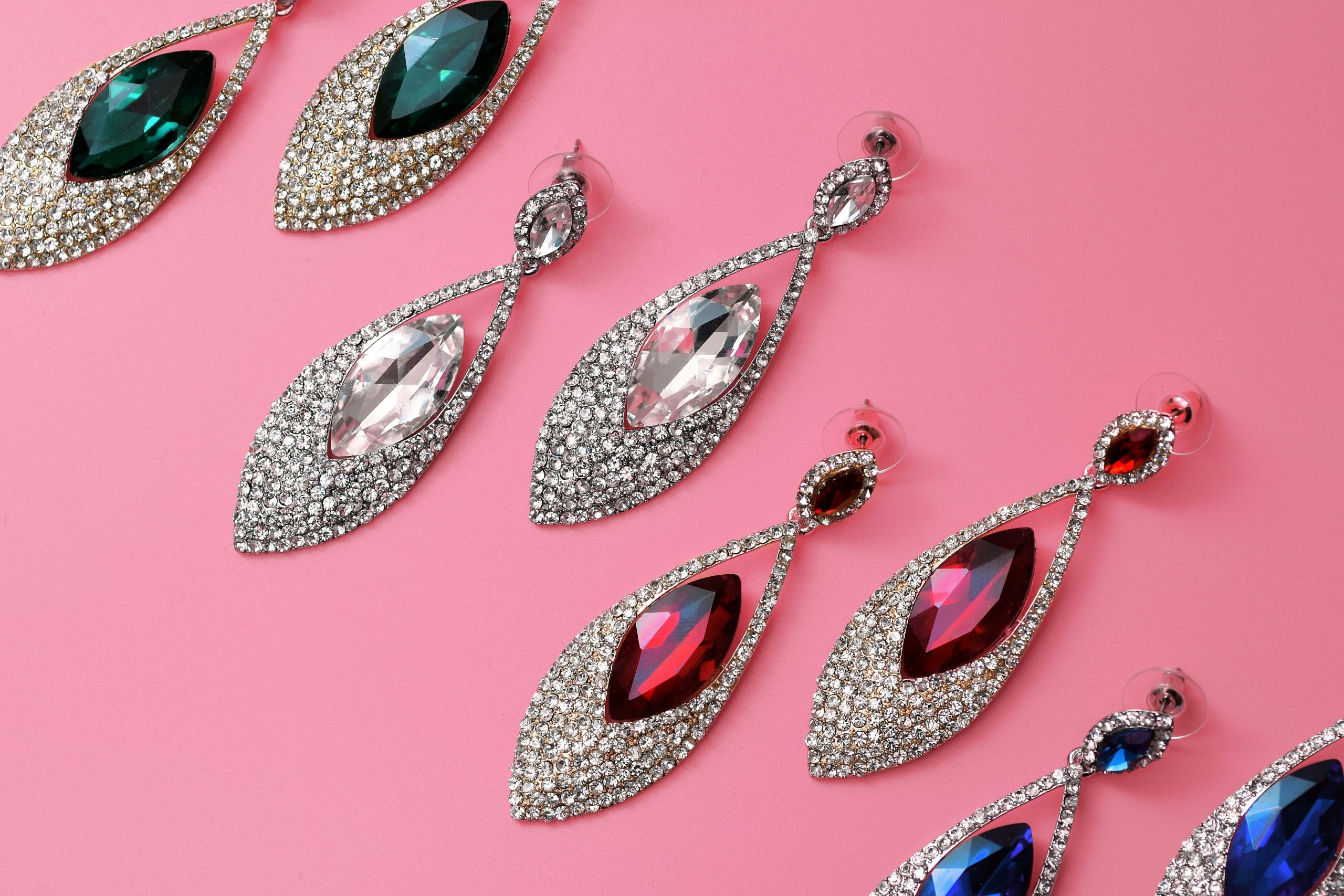Winter layering doesn’t have to mean sacrificing style for warmth. With the right pieces and techniques, you can create chic, functional outfits that keep you cozy without adding unnecessary bulk. Here’s your guide to mastering the art of winter layering so you can stay warm and stylish all season long.
1. Start with a Lightweight Base Layer
Why It’s Important:
A good base layer traps heat and wicks away moisture, keeping you warm and dry.
How to Do It:
- Opt for thermal tops or turtlenecks made from materials like merino wool or moisture-wicking synthetics.
- Choose snug-fitting pieces to create a smooth foundation for additional layers.
Pro Tip:
Stick to neutral colors or thin patterns that can easily pair with other layers.
2. Add a Comfortable Middle Layer
Why It’s Important:
This layer provides insulation, keeping your body warm while allowing breathability.
How to Do It:
- Use sweaters, fleece pullovers, or lightweight knit tops as your middle layer.
- Experiment with textures like cable-knit or waffle weave for added style.
- Avoid overly chunky pieces to maintain a streamlined look.
Pro Tip:
Choose slim-fit sweaters or cardigans that don’t add too much volume but still provide warmth.
3. Choose the Right Outerwear
Why It’s Important:
Your outer layer shields you from wind, rain, and snow while completing your outfit.
How to Do It:
- Go for tailored coats or jackets with a flattering silhouette, like trench coats, wool coats, or puffer jackets.
- Ensure your coat has enough room to accommodate your inner layers without feeling tight.
- Look for details like a belted waist or structured shoulders to avoid a boxy appearance.
Pro Tip:
Consider coats with built-in insulation or water-resistant materials for extra functionality.
4. Don’t Forget the Accessories
Why It’s Important:
Accessories not only keep you warm but also add personality and depth to your look.
How to Do It:
- Add scarves in bold prints or luxe fabrics like cashmere for a pop of color and texture.
- Wear fitted gloves or mittens to keep your hands warm without bulk.
- Top it off with a chic hat or beanie that complements your outfit.
Pro Tip:
Layer scarves under your coat for a polished look, or drape them over the top for extra flair.
5. Experiment with Proportions
Why It’s Important:
Playing with proportions creates visual balance and prevents a bulky appearance.
How to Do It:
- Pair oversized coats with slim-fit pants or leggings.
- Wear a cropped jacket over a long sweater for a trendy, layered look.
- Opt for ankle boots or knee-high boots to elongate your silhouette.
Pro Tip:
Add a belt to your coat or cardigan to define your waist and create a more tailored shape.
6. Opt for Layer-Friendly Fabrics
Why It’s Important:
Choosing the right fabrics ensures that layers lie flat and don’t add unnecessary bulk.
How to Do It:
- Use thin yet warm fabrics like fleece, merino wool, or cashmere.
- Avoid overly thick fabrics in multiple layers, which can make you feel restricted.
Pro Tip:
Invest in high-quality, breathable materials for maximum comfort and warmth.
7. Embrace Versatile Layering Pieces
Why It’s Important:
Layering becomes easier when you have go-to staples that work with various outfits.
How to Do It:
- Use vests or sleeveless jackets for added warmth without restricting arm movement.
- Include long cardigans or duster coats for a stylish layering option.
- Keep a few neutral tank tops or camisoles for layering under sweaters.
Pro Tip:
Mix and match versatile pieces to create multiple looks from the same wardrobe.
8. Finish with Footwear That Complements Your Layers
Why It’s Important:
The right shoes tie your outfit together while keeping your feet warm and protected.
How to Do It:
- Wear insulated boots with slim silhouettes to balance heavier layers.
- Pair ankle boots with cuffed jeans for a polished look.
- Use thick socks or tights to add warmth without compromising style.
Pro Tip:
Choose waterproof or weather-resistant shoes for practicality on snowy or rainy days.
9. Incorporate Color and Texture
Why It’s Important:
Adding visual interest prevents layered outfits from looking monotonous.
How to Do It:
- Combine neutrals with a pop of color in your scarf, hat, or sweater.
- Use different textures, like a wool coat over a silky blouse or leather boots with knit leggings.
Pro Tip:
Stick to a cohesive color palette to ensure your layers complement each other.
10. Layer Smartly for Indoor Comfort
Why It’s Important:
Winter layering often requires transitioning between cold outdoor weather and warm indoor spaces.
How to Do It:
- Wear easily removable layers like zip-up sweaters or open-front cardigans.
- Keep lighter, breathable layers close to your skin to avoid overheating indoors.
Pro Tip:
Pack a tote or backpack to store extra layers when you’re indoors.
Final Thoughts
Layering for winter doesn’t have to mean sacrificing style for warmth. By choosing the right fabrics, proportions, and accessories, you can create chic, functional outfits that keep you cozy in any weather. Experiment with these layering techniques to find your signature winter look that’s both stylish and practical.
